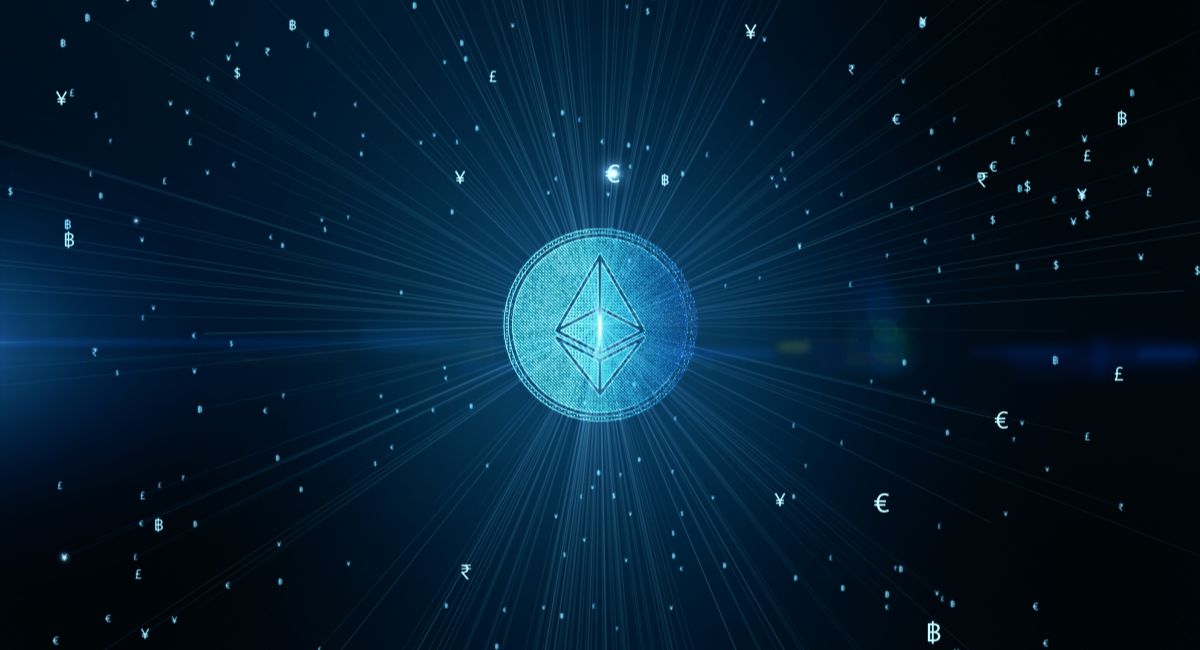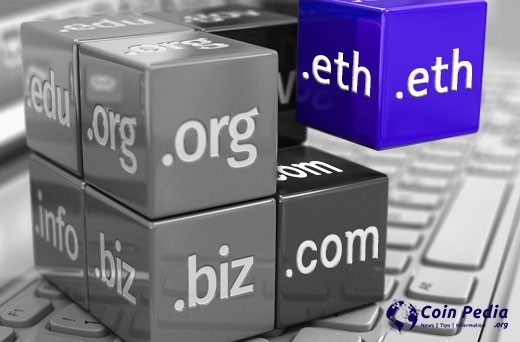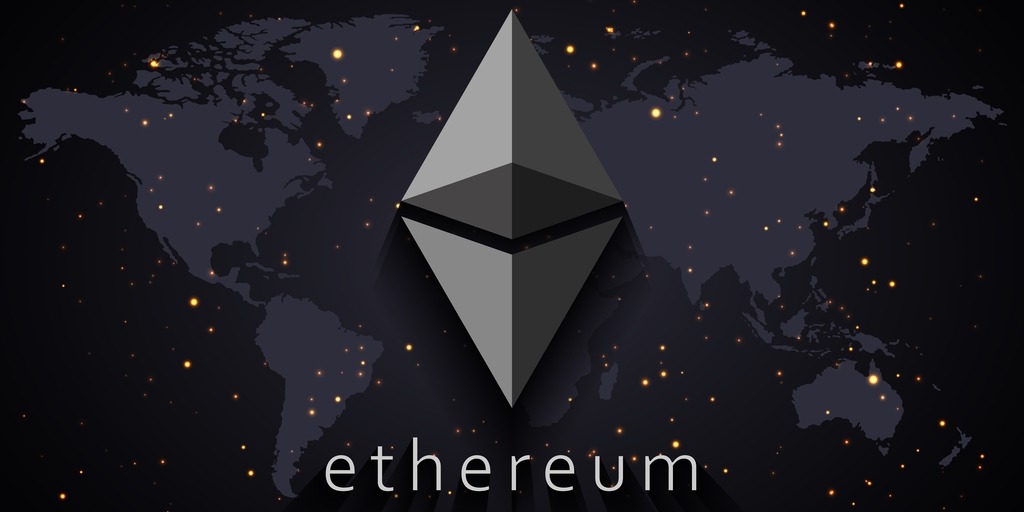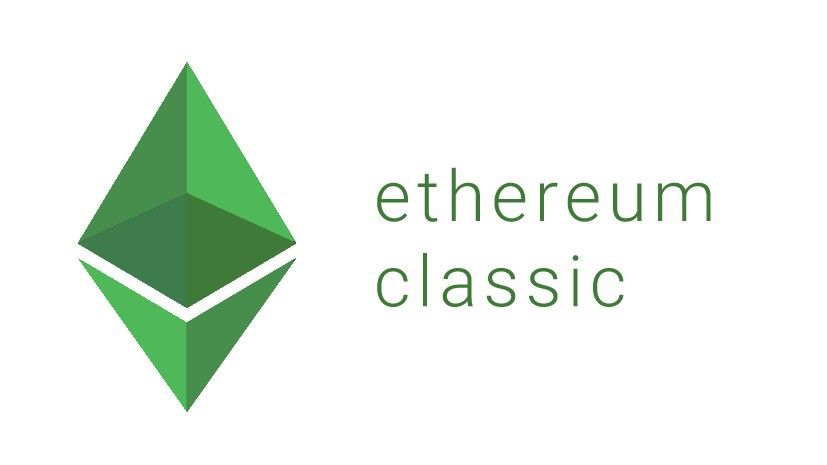The Ethereum Community: Who’s Behind The Decentralized Platform And What They’re Building
Ethereum is a decentralized blockchain platform that has gained immense popularity over the years. At the heart of the platform lies the Ethereum community, a group of developers, investors, entrepreneurs, and enthusiasts who are passionate about building a more decentralized and open world. In this article, we’ll take a closer look at the Ethereum community, who’s behind the platform, and what they’re building.
The Birth of Ethereum
Ethereum was founded in 2015 by Vitalik Buterin, a Russian-Canadian programmer who was just 19 years old at the time. Buterin had previously been involved in the Bitcoin community, but he became frustrated with the limitations of the Bitcoin blockchain, which did not allow for the development of more complex applications. Buterin believed that a new blockchain platform was needed that would allow for the creation of smart contracts, which could automate the execution of agreements between parties.
Buterin’s vision for a new blockchain platform gained the support of a group of like-minded developers, including Gavin Wood, Joseph Lubin, and Jeffrey Wilcke. Together, they formed the Ethereum Foundation, a nonprofit organization dedicated to developing and promoting the Ethereum platform.
The Ethereum Community Today
Since its launch in 2015, the Ethereum community has grown to include thousands of developers, entrepreneurs, and enthusiasts worldwide. The community is known for its passion, creativity, and commitment to building a more decentralized and open future.
One of the defining features of the Ethereum community is its open-source nature. All of the code that powers the Ethereum blockchain is freely available for anyone to view, use, and modify. This has led to a vibrant ecosystem of developers building on top of the Ethereum platform.
The Ethereum community is also known for its strong culture of collaboration and innovation. Developers from all over the world work together to build new applications and services on the Ethereum blockchain. This has led to the development of a wide range of decentralized applications, including decentralized finance (DeFi) platforms, prediction markets, social networks, and more.
The Ethereum Ecosystem
The Ethereum ecosystem is made up of a wide range of projects and initiatives, all working together to build a more decentralized and open future. Here are a few of the key players in the Ethereum ecosystem:
- The Ethereum Foundation: The Ethereum Foundation is a nonprofit organization dedicated to developing and promoting the Ethereum platform. The foundation provides funding and support to developers working on the platform.
- ConsenSys: ConsenSys is a venture studio that builds decentralized applications on top of the Ethereum platform. The company has developed a wide range of applications, including decentralized finance (DeFi) platforms, identity solutions, and more.
- MakerDAO: MakerDAO is a decentralized finance (DeFi) platform built on the Ethereum blockchain. The platform allows users to borrow and lend cryptocurrency without the need for a centralized intermediary.
- Uniswap: Uniswap is a decentralized exchange built on the Ethereum blockchain. The exchange allows users to trade a wide range of cryptocurrency pairs without the need for a centralized intermediary.
- Golem: Golem is a decentralized marketplace for computing power. The platform allows users to buy and sell computing power on the Ethereum blockchain.
Also, read – All About The Relationship Between: Ethereum And NFTs
The Future of Ethereum
The Ethereum community is constantly working to improve and expand the capabilities of the platform. One of the most exciting developments on the horizon is the transition to Ethereum 2.0, which will introduce a number of improvements to the platform, including increased scalability and security.
Ethereum 2.0 will also introduce a new consensus mechanism known as Proof of Stake (PoS), which will replace the current Proof of Work (PoW) mechanism. PoS is more energy-efficient than PoW, which will make the Ethereum platform more sustainable and environmentally friendly.
- Ethereum 2.0 and Proof-of-Stake: The transition to Ethereum 2.0 will be a major milestone for the platform, as it moves away from the current Proof-of-Work consensus mechanism to a more energy-efficient Proof-of-Stake model. This will allow for faster and more cost-effective transactions, while also increasing network security and decentralization.
- Increased Adoption of Decentralized Finance (DeFi): The DeFi ecosystem has exploded in popularity over the past few years, and Ethereum has been at the forefront of this movement. As more people become aware of the benefits of decentralized finance, we can expect to see continued growth in this area, with Ethereum as the primary platform for DeFi applications.
- Integration with Centralized Finance (CeFi): While DeFi has been the focus of Ethereum’s development in recent years, there is also potential for integration with centralized finance. This could include partnerships with traditional financial institutions or the development of hybrid systems that combine the benefits of both decentralized and centralized finance.
- Increased Interoperability with Other Blockchains: As the blockchain industry continues to grow, there is a need for greater interoperability between different platforms. Ethereum is already working on interoperability solutions, such as the Ethereum-to-Polkadot bridge, which will allow for seamless transfers of assets between the two platforms. We can expect to see more of these types of solutions in the future, as the industry matures.
- Continued Innovation and Development: The Ethereum ecosystem is a hub of innovation and development, with new ideas and applications emerging all the time. As more developers and entrepreneurs get involved with the platform, we can expect to see even more groundbreaking projects and applications being built on top of Ethereum in the years to come.
Gary Gensler teached to the public that Joseph Lubin bought 10% of the ICO for himself. Whats his source? Lubin claims he never even owned half a percent of Ethereums supply. So whats up with this 10%? And did he know about how Lubin called to disguise all major investors? pic.twitter.com/zpYgnOaWNP
— Mr. Huber🔥🦅🔥 (@Leerzeit) April 19, 2023
Conclusion
The Ethereum community is a diverse and dedicated group of individuals who are working tirelessly to build a decentralized future. They come from all corners of the world and bring with them a variety of backgrounds, experiences, and perspectives.
Through their efforts, the Ethereum platform has grown from a simple idea to a revolutionary technology that is transforming industries and challenging traditional power structures. From decentralized finance to NFTs, the possibilities of what can be built on Ethereum are endless.
The community’s commitment to decentralization and openness has allowed for a vibrant ecosystem of developers, entrepreneurs, and enthusiasts to thrive. With a focus on collaboration, innovation, and inclusivity, the Ethereum community is driving the next wave of technological advancement and paving the way for a more equitable and just world.
As Ethereum continues to evolve and mature, we can expect to see even more groundbreaking developments emerge from this dynamic community. From scaling solutions to new applications, the future of Ethereum is bright, and the community is poised to lead the charge towards a more decentralized and equitable world.
Stay informed with daily updates from Blockchain Magazine on Google News. Click here to follow us and mark as favorite: [Blockchain Magazine on Google News].
Get Blockchain Insights In Inbox
Stay ahead of the curve with expert analysis and market updates.
latest from tech
Disclaimer: Any post shared by a third-party agency are sponsored and Blockchain Magazine has no views on any such posts. The views and opinions expressed in this post are those of the clients and do not necessarily reflect the official policy or position of Blockchain Magazine. The information provided in this post is for informational purposes only and should not be considered as financial, investment, or professional advice. Blockchain Magazine does not endorse or promote any specific products, services, or companies mentioned in this posts. Readers are encouraged to conduct their own research and consult with a qualified professional before making any financial decisions. The featured image used is just a creative depiction of the title and it does not intend to hurt sentiments of any person or institution. If it hurts anyone sentiments, please do not hesitate to reach out to Blockchain Magazine.

 Bitcoin
Bitcoin  Ethereum
Ethereum  XRP
XRP  Tether
Tether  Solana
Solana  Dogecoin
Dogecoin  USDC
USDC  Cardano
Cardano  Lido Staked Ether
Lido Staked Ether  TRON
TRON  Chainlink
Chainlink  Avalanche
Avalanche  Wrapped stETH
Wrapped stETH  Sui
Sui  Wrapped Bitcoin
Wrapped Bitcoin  Toncoin
Toncoin  Stellar
Stellar  Hedera
Hedera  Shiba Inu
Shiba Inu  Polkadot
Polkadot  WETH
WETH  LEO Token
LEO Token  Litecoin
Litecoin  Bitcoin Cash
Bitcoin Cash  Bitget Token
Bitget Token  Hyperliquid
Hyperliquid  Uniswap
Uniswap  Official Trump
Official Trump  USDS
USDS  Wrapped eETH
Wrapped eETH  Pepe
Pepe  NEAR Protocol
NEAR Protocol  Ethena USDe
Ethena USDe  Aave
Aave  Aptos
Aptos  Internet Computer
Internet Computer  Monero
Monero  WhiteBIT Coin
WhiteBIT Coin  Ondo
Ondo  Ethereum Classic
Ethereum Classic  Cronos
Cronos  POL (ex-MATIC)
POL (ex-MATIC)  Mantle
Mantle  Render
Render  Dai
Dai  MANTRA
MANTRA  Algorand
Algorand 




